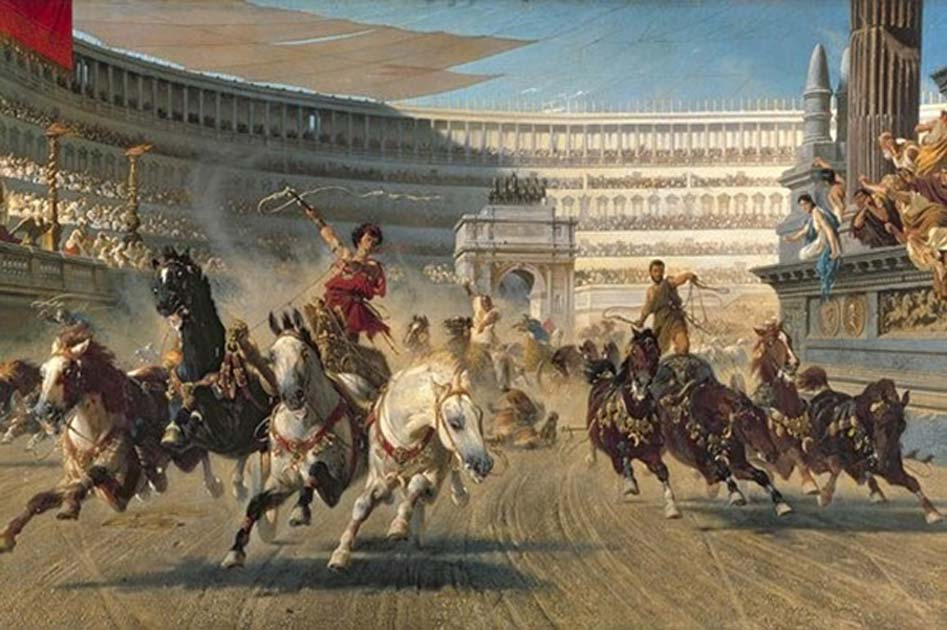Reconstructed Circus Maximus Provides Tourists with a New Opportunity to Experience Ancient Rome
More than six years of excavations and restoration work has given Rome a new tourist attraction in the form of the ancient Circus Maximus. The archaeological ruins were nothing more than an enormous muddy field between the ancient Palatine and Aventine Hills for many centuries. But now they are proudly shown off to visitors as the spruced-up ruins of one of the ancient world's biggest public entertainment venues.
Starting on November 17, history lovers can visit the arched walkways where senators and plebeians once gathered. Everyone who visits the site will be able to see ancient latrines and chunks of what was once a triumphal arch honoring a Roman emperor. Visitors will also learn about a champion horse known as Numitor, whose image is the only documentation of a horse involved in ancient entertainment according to archaeologist Marialetizia Buonfiglio.

The Circus Maximus archaeological site after its restoration and opening to the public. (The Australian)
Many Significant Treasures
The archaeologists who have taken part in the excavations were pleased to discover a lot of ancient artifacts, including more than a thousand bronze coins going back to the 3rd century AD, pieces of gold bracelets and necklaces, and the bottom of a glass goblet with gold tracery portraying the horse Numitor with a palm branch – the symbol of victory – clamped between its teeth. Claudio Parisi Presicce, one of Rome’s most important cultural heritage officials, mentioned that Numitor will be the logo for the Circus Maximus from now on.
- 2,000-Year-Old Cooling System for Chariot Horses Unearthed at Ancient Carthage Site
- The Mithraic Mysteries and the underground chamber of San Clemente
Archaeologists have also unearthed the remains of a large triumphal arch that was dedicated to the Emperor Titus in honor of his successful invasion and conquest of Jerusalem in 70 AD, during the first Roman-Jewish war. Huge fragments of fluted pillars and pediments were discovered - all made from white marble mined in Carrara, Tuscany. Impressed with all the findings, Presicce told the Telegraph, “This is one of the most important monuments of ancient Rome. It represents 2,800 years of history, from the age of Romulus to the present day.”
Reconstructions of the Circus Maximus
The excavation has helped archaeologists and historians comprehend the many reconstructions that the Circus Maximus underwent over the years, including one after its wooden timbers fed the fire in Rome during Nero’s reign in 64 AD. Guests can climb inside a restored medieval tower for a breath-taking view down the 2,000 ft. (600 meter) long field, witnessing with their own eyes the impressive cupola of the “Eternal City’s” main synagogue.
Presicce feels that the 2,800-year-old Circus Maximus was probably the most popular of all venues in Rome when it came to significant entertainment events, and is excited that people can now see all this with their own eyes. As Presicce told Reuters, “Now we can imagine bustling activity around the semicircle which we have restored and made accessible to the people, with crowds gathering around these structures."
Reuters reports that the Circus Maximus archaeological site will be open to the public daily until December 11. After that, opening hours will be reserved for weekends, though guests can call City Hall (+39-06-0608) to make an appointment if they wish to visit the site during the week.

A section of the Circus Maximus after reconstruction. (HRT Magazin)
Top Image: Chariot racing in ancient Rome ( University of Wisconsin )
By Theodoros II

















